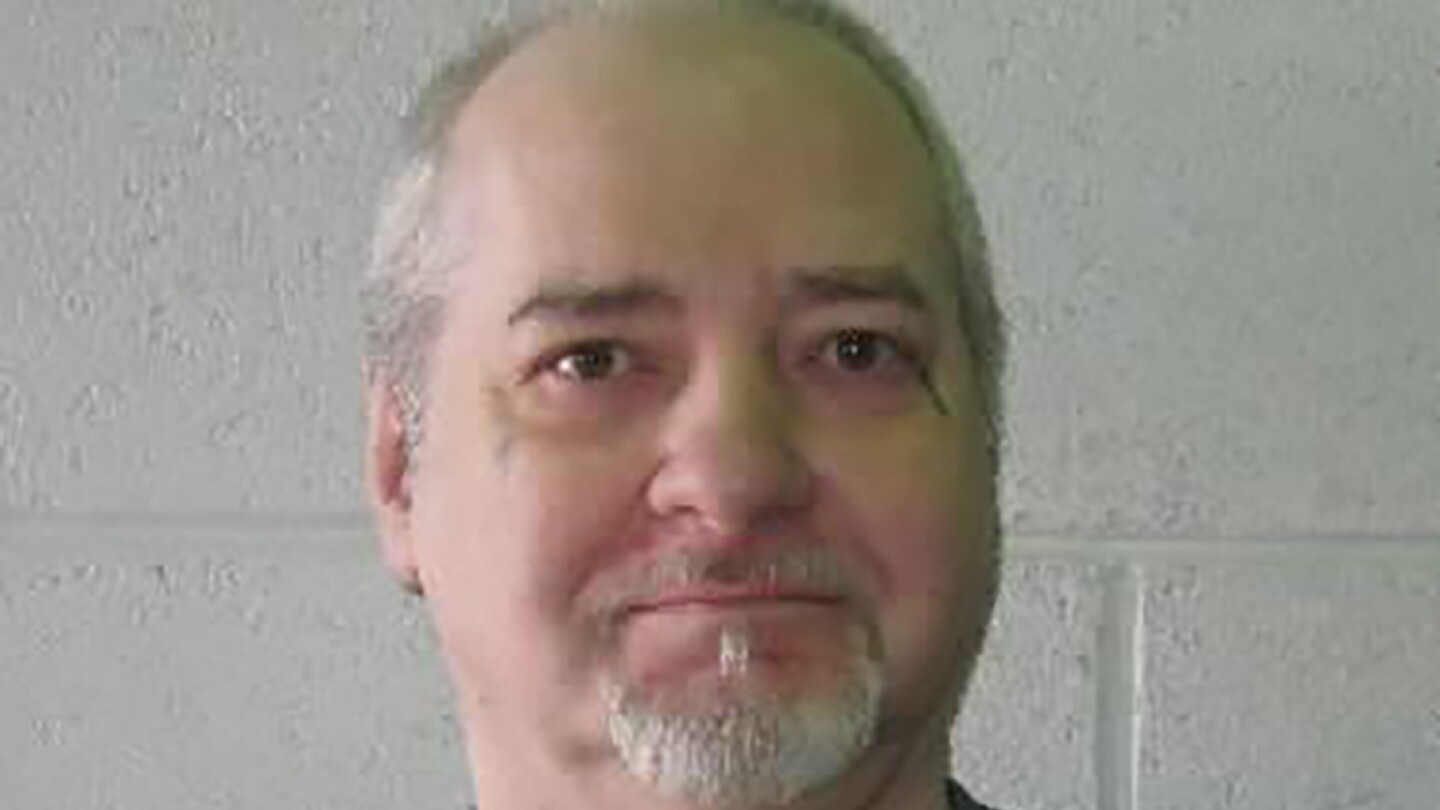Capital Punishment
Capital Punishment is a profoundly complex and controversial aspect of the criminal justice system. This section provides articles that explore the history, legal frameworks, and ethical debates surrounding Capital Punishment in various jurisdictions. Correctional professionals can gain insights into the procedures, implications, and ongoing discussions about using the death penalty. Understanding Capital Punishment is crucial for those involved in its administration and those engaged in broader criminal justice reform efforts. For further context, explore related topics on supermax prisons.
Blaine Milam was condemned for the December 2008 death of Amora Carson at his trailer in Rusk County in East Texas
Steven Bixby, convicted of killing two Abbeville County officers, argues his anti-government beliefs make him unfit for execution under state law
A Somerset County jury convicted Paul J. Kendrick of first-degree murder and sentenced him to death for killing Sgt. Mark Baserman in 2018
“He deserved nothing less than today’s final justice for the savage, barbaric, and torturous acts of suffering he inflicted upon Layla-Dawn before then ending her life,” the victim’s mother said
Ramiro Gonzales was executed at the Texas State Penitentiary on June 26 for killing Bridget Townsend, the same day that Bridget would have turned 41
Gov. Mike Parson declined to grant clemency the day before the scheduled execution, citing the inmate’s “lack of remorse” for the 2009 killings
The Alabama attorney general issued a statement that said the inmate’s “actions were cold and calculated, and his assigned punishment has never been more deserved”
The inmate alleges it would be unconstitutionally cruel for him to die by lethal injection
Pittsburg County District Judge Tim Mills wrote that psychologists found that Wade Greely Lay, 63, lacks a “rational understanding” of why he is to be executed
The moves are part of the state’s attempts to comply with Prop 66, which aims to speed up executions and mandate work and restitution for death row inmates
As of April 17, 26 death row inmates have been transferred to California Institution for Men following the closure of segregated units at San Quentin and Central California Women’s Facility
The lawsuit says California’s death penalty violates the state constitution’s equal protection guarantees because courts and prosecutors apply it in a racially biased way
More than 70 current and former prison officials, including chaplains, wardens and COs, had written a letter asking the governor to grant Brian Dorsey clemency
Santa Clara County District Attorney Jeff Rosen is petitioning the county Superior Court to resentence 14 men — all being held in San Quentin State Prison — to terms of life in prison without the possibility of parole
“I’ve decided to drop my appeals and have my sentence carried out… I was fairly tried and convicted. I agreed with the court’s decision,” the inmate said
The inmate is the first person executed in Oklahoma this year and the 12th put to death since the state resumed executions in 2021 following a nearly seven-year hiatus
The inmate was sentenced to die for the 1999 beating death of Daisy Hallum, 70, and to life without parole for the shotgun slaying of her son, Sam Hallum, 38
Willie James Pye was executed at 11:03 p.m. on March 20, making him the 54th prisoner killed by lethal injection in Georgia and the 77th person executed by the state since the death penalty was reinstated in 1976
The condemned prisoners will be rehoused in the general population across two dozen high-security state prisons, where they will gain access to a broader range of rehabilitative programming and treatment services
Attorney General Russell Coleman said that the families of victims deserve “justice” via these executions
The new methods, including electrocution and nitrogen hypoxia, are approved to be used on the state’s nearly 60 death row inmates starting July 1
The governor also signed bills that eliminate parole for adults who commit crimes after Aug. 1 and dramatically cut the availability of good behavior credits in prison
Thomas Creech was issued a stay of execution about a half hour after Idaho DOC officials called off his lethal injection when they couldn’t locate a vein for an IV
Thomas Creech, 73, has been in prison for half a century; he was already serving a life term when he beat a fellow inmate to death in 1981 — the crime for which he was to be executed
Ivan Cantu received a lethal injection and was pronounced dead at 6:47 p.m. at the Huntsville State Penitentiary for the 2000 fatal shooting of his cousin and his cousin’s girlfriend
Louisiana’s special session also included bills that included restricting parole eligibility, harsher penalties for some crimes and publicizing some juvenile court records
The jury voted 11-1 in favor of the death penalty after convicting the 24-year-old man in the death of Mobile Police Officer Sean Tuder
South Carolina’s current execution law requires inmates to be sent to the electric chair unless they choose a different method
“This pace also protects our team’s mental health and allows time for them to process and recover between the scheduled executions,” the Oklahoma DOC executive director said
Alabama, Mississippi and Oklahoma have OK’d nitrogen hypoxia as an execution method, although Oklahoma’s law allows it only if lethal injection is no longer available
“We do not believe Mr. Creech is worthy of grace or mercy,” the three parole board members said. “This decision was based on the coldblooded nature of David Dale Jensen’s murder and the sheer number of victims that Mr. Creech has created over his lifetime”
The AG said there will be more nitrogen executions in Alabama, stating his regret was that it took so long for the 1996 sentence to be carried out
Kenneth Eugene Smith was pronounced dead at 8:25 p.m. at William C. Holman Correctional Facility after breathing pure nitrogen gas through a face mask, marking the first time that a new execution method has been used in the U.S.
































